Planning New Strategies for the New Customer Behaviors
#1 OF A 3-PART SERIES ON STRATEGY
Gene Tyndall, Chief Strategy Officer Tompkins International
INTRODUCTION
It is commonly understood that online ordering of all types of products is growing daily. This is true for both direct-to-consumer (D2C) as well as business-to-business (B2B) orders. It is estimated that 18% or more of consumer purchases are transacted online during 2019, and B2B companies sell more than 20% of their total sales online (with some doing more than 75%).
This ever-increasing sales channel is leading to new customer behaviors around shopping and buying trends. These new behaviors are a major relevant change in the world of business, which are creating serious issues for how companies need to react. The evidence is proving clearly that no matter what type of company – retailer, wholesaler or brand, and across all industries – the cost of “doing nothing” or reacting too slowly creates “loss aversion.”
The strategic question, then, is what companies should do to reinvent themselves in order to not only avoid the losses, but to gain positive performance results. No company executives ever deny being “customer-centric” or at least “customerfocused.” This goal, however, remains underachieved by most companies, which surveys reveal more than 50% are “slow adopters,” laggards or simply not sure which.
This article is written for executives who want to lead their companies to develop the right strategies and overcome the obstacles in becoming digital commerce performers. It conveys a high-level strategic view of the new customer behaviors and the new strategies needed for digital commerce, and thus true customercentric operations. As such, its objective is to persuade executives of the urgencies, as well as provide some guidelines for moving forward effectively.
THE NEW CUSTOMER BEHAVIORS AND THEIR IMPACTS
The new world of customer buying behaviors is changing fast, with customers expanding their options and accelerating their preferences. One of the most illustrative factors in this customer revolution has been referred to as the changes from “from” to “to.” In a relatively brief period, the majority of customers of all ages and demographics have gone from “who to buy what from” to “what to buy and who from.” The loyalties to particular retail stores and brands have given way to what do they need and where can they best buy it. The multichannel options have expanded from purely brick-and-mortar stores to new types of stores, marketplaces, kiosks and online alternatives.
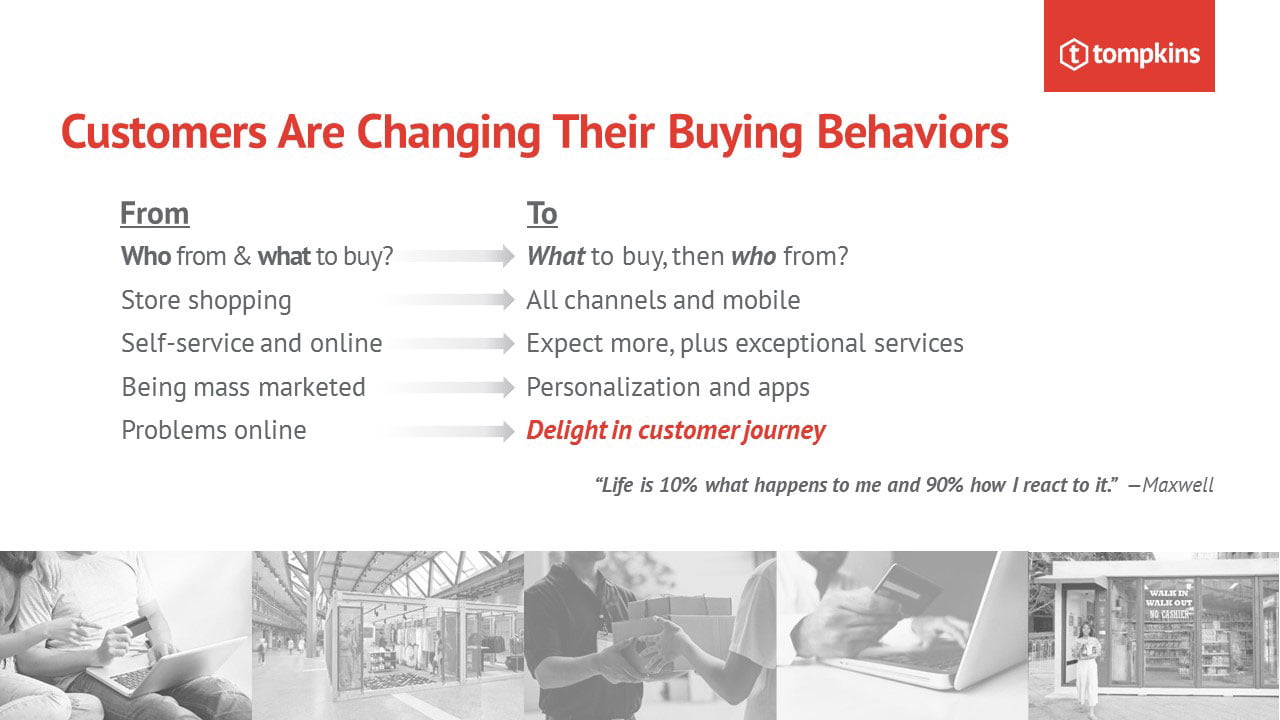
This major change has been intensified by improved services made available online, personalized marketing and smart companies that focus on the customer experience (or journey). Surveys continue to reveal that customers value ease of returns, free shipping and rapid deliveries with no errors just as much as competitive prices. So, how effective is your company at achieving a high “DCX,” or digital customer experience?
The impacts of these changes have been severe and will worsen for those companies that delay, or invest wrongly, in responding. The pace of retail bankruptcies and store closures has accelerated during 2019 and the trend is expected to continue in 2020. Several well-known retail brands have filed for bankruptcies, and more than 12,000 stores will have closed in 2019.
The loss of brand loyalty and the customer switching preferences have led to many unprofitable e- commerce operations. Some surveys have estimated that 90% of e-commerce operations are unprofitable, when all the costs to serve are analyzed.
Further, the impacts on businesses are widespread. The “Amazon Effect” has caused many of the industry dislocations, as companies either lose sales, brand equity and customer contacts due to the overwhelming success of Amazon. At the same time, labor shortages have created an unprecedented growth in robotics and other automation in distribution and fulfillment centers, as well as in factories where speed to market has become the primary objective.
Information technologies are also reaping benefits from the needs of companies to not only update their legacy systems, but also to progress toward new requirements such as inventory allocations for distributed order management and for multichannel management. It is difficult to identify
any segment of any industry that provides or supports digital commerce where the impacts of the new customer behaviors are not profound.
THE CHALLENGES FOR MOST COMPANIES
Forbes recently reported that a majority of executives agreed that achieving growth has become tougher in light of changing customer patterns. Of those facing difficulties, 47% said that a primary challenge is meeting consumer expectations, even as they describe the current economic environment as “business friendly” and “robust.” The primary challenges are changing customer patterns, internal pressures toward increasing efficiencies and reacting to the market instead of anticipating customers’ needs-or unmet needs-and delighting them with original ideas.
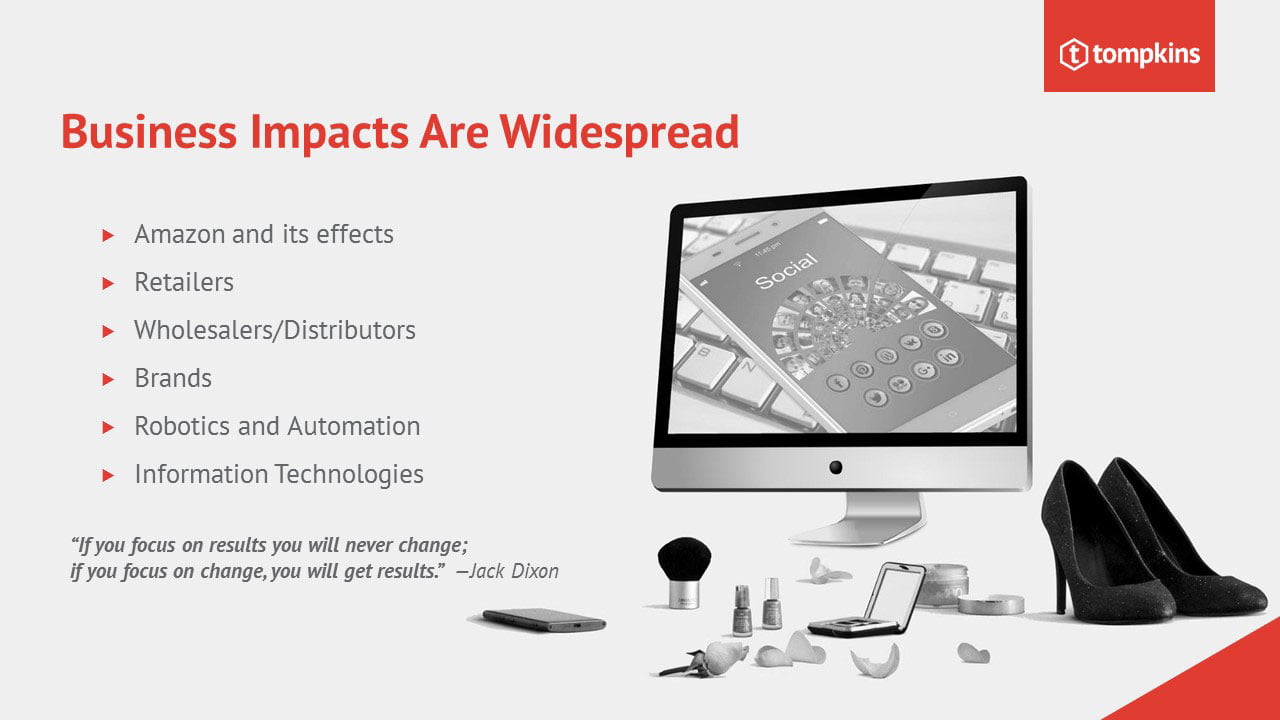
This apparent widespread view is undoubtedly the result of challenges that exist in most all companies. One way to illustrate this is to identify some issues we encounter in working with many companies across the industries:
-
Understanding and recognition. Surprisingly, too many executives struggle with fully comprehending the serious impacts of new customer behaviors. When their sales in e- commerce are growing, for example, the judgments are that this will continue without undergoing significant business model changes. This position can often justify that the cost of doing nothing does not exceed the investments needed to reinvent themselves.
-
Culture and decision-making processes. Many companies, especially those with a history of popular brands and traditional sales channels, are comfortable in their relative positions. For example, consumer packaged goods (CPG) companies that have grown with brick-and- mortar retailers argue against starting their own D2C operations as conflicting with their retailers, and their cultures typically reinforce the argument.
-
Lack of confidence in knowing what to do. This position does indeed carry with it a major challenge. It requires digital commerce knowledge, talent and skills to ascertain insights into customer preferences and future trends. The high cost of ineffective strategies or business models presents high risks: one, that the business model will address “yesterday’s needs” and thus be outdated before it is implemented, and two, that the company will become “stuck” in its transformation to digital commerce.
-
Spinning wheels on digitalization. Reinvention is challenging, and people, processes and technologies are often misaligned such that progress is stymied and planned dates are missed. There are several examples of this challenge discussed in the media, where well- known brands are delayed in achieving the new performance levels promised by the business case and ROI.
These challenges thus become obstacles that hinder reinventions. They often are misplanned from the start; limit their senior executives’ commitments; require “pilots” that take additional time and are frequently measured by the wrong KPIs or simply in misleading terms; and, just as with any transformation, are bogged down in details and unclear objectives.
OVERCOMING THE OBSTACLES
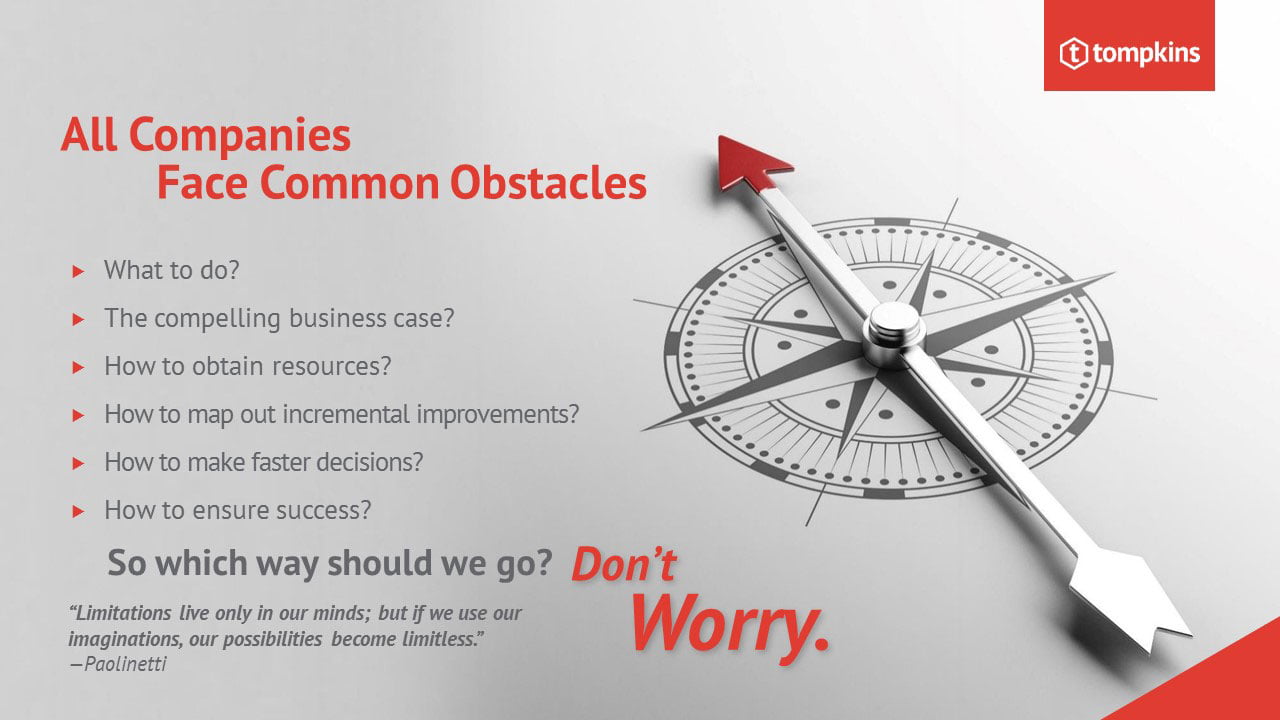
There are ideas, experiences and lessons learned that help companies overcome the common obstacles that impede reinvention or transformation. All of these require the foundation to be sound and in place first-just as the case with the construction of new buildings. The fundamentals are many and broad-based, but the most important include the following:
-
Obsessive and compulsive focus on the customer. This principle, stated by Jeff Bezos, has been the cornerstone of Amazon’s amazing success over the past several years. While virtually all company executives commit to “putting the customer first,” only a select few actually live it the way the Bezos’ quote implies. This is the BEST starting point for overcoming the obstacles.
-
Digital commerce is the future. Obviously, digitalization is gaining traction in all industries. Several companies have started with a digital transformation of their supply chains, which yield valuable lessons for other business processes. In order to overcome the obstacles, it is imperative that senior management believe in-and commit to-digital commerce as the future.
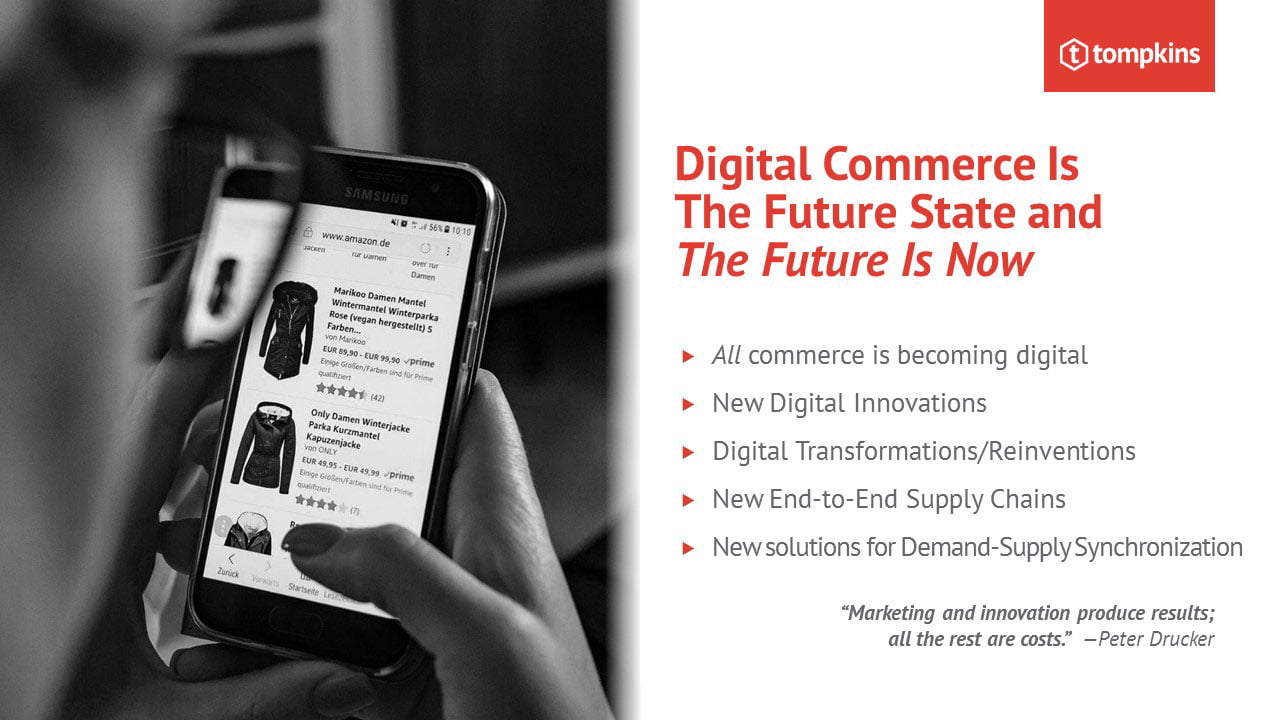
-
Risk aversion can be managed. There are always risks when a company commits to serious change, but these risks can be managed. First, identifying the right risks is a critical step in mitigating them. Second, as “trial and error” are common to digital transformations, starting with pilots and adjusting as necessary will minimize the issues and times. Third, there are tools that track risks with KPIs and special advance warnings so that adjustments are made in a timely manner.
-
Knowing what to do is the content step. The initial step in overcoming the obstacles surrounding initiatives is to conduct a “current state assessment.” This should involve teams (and consider consultants to avoid institutional bias) who assess strategy, people, processes and technologies, as well as data availability and assets. It answers the basic questions that arise around capabilities, skills and commitments.
-
Planning and execution require talent, executive commitment and persistence. A recent article asked the relevant question, “Given the number of available and emerging digital solutions capable of transforming and improving supply chain operations, why are so many companies spinning their wheels instead of driving forward?” There are many possible responses to this question, and they start with poor planning, weak or incomplete roadmaps and non-integrated business processes. The “knowing what to do” step mentioned above points out gaps in the current state; however, inadequate or unclear strategies and goals, as well as the uncertainties of customer behaviors, adversely affect progress.
-
The overcoming of obstacles is often complex and challenging. Knowledge and experience, and applications of the right tools, can help companies penetrate the barriers to change and skepticism of many managers and staff. The alternative to identifying the company’s critical obstacles and applying smart methods and tools to manage them is to risk far more serious results; “doing nothing” or “doing the wrong things the wrong ways” leads to higher costs, revenue losses or worse.
EXAMPLE PLANNING AND ROADMAP GUIDELINES FOR SUCCESSFUL DIGITAL COMMERCE
At Tompkins International, we have a methodology for planning and designing the right roadmaps for the right companies. While the major steps are common to all with the goal of achieving digital commerce success, the methods, tools and techniques vary with the company’s current state assessment and its cultures, talents and past experiences with major change programs.
We have adopted an eight-step program for achieving digital commerce success, and thus the profitable growth that most companies seek. These steps are illustrated here at high levels, but each needs to be thoroughly evaluated, tailored to the particular company and completed satisfactorily for the reinvention to work.
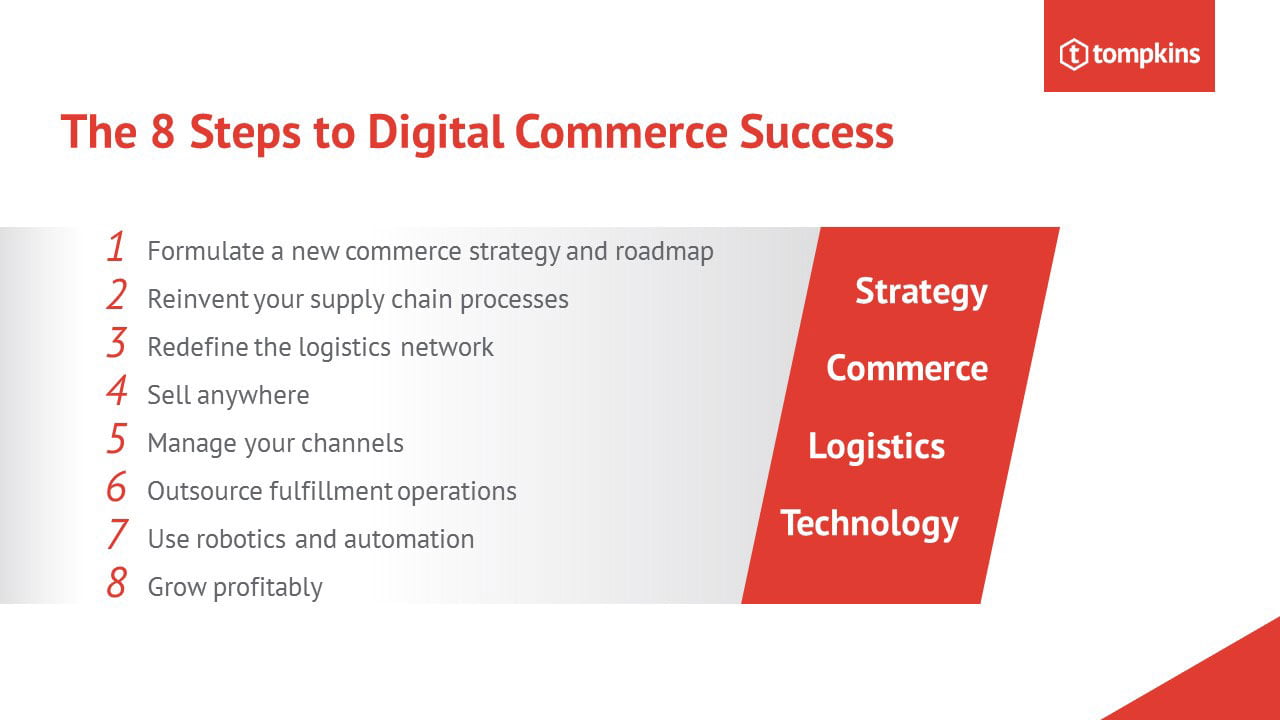
The initial step, following the current state assessment, involves determining a new digital commerce strategy. Business models die, brands do not! This principle recognizes the power of the company’s brands, which need a sound strategy for merchandising and selling in the new digital world.
The strategy must answer five main questions:
-
What do we want the company to be in 2-3 years?
-
How do we design and provide solutions and services that delight customers?
-
Why do we need to, and how do we, integrate digitalization into the overall business?
-
What will be our competitive advantages with providing services such as:
-
“Sell anywhere with smarter logistics”
-
Superior and optimal supply chains
-
Agile automation
-
-
How do we integrate leading practices and technologies into the complete end-to-end supply chain-from strategy to delivery?
Developing strategies in the new digital commerce world requires a very different mindset, one that understands and values the speed of disruption and change. Strategies today cannot be developed as if we know the future. They must be flexible enough to adapt to industry changes by disruptions, trends and innovations.
Effective strategy today is a process that serves as the starting point for commerce, logistics and technology. It works to resolve strategic choices and set measurable goals.
The assessment also answers the question about the company’s state of “Reinvention Readiness.” Even with a new and effective strategy, if the company culture and people are too fixated in tradition, overwhelmingly resistant to even a minor change in process, or simply new to change management, then these barriers must be addressed or at least fully understood at the outset.
Many reinventions are initiated without concern about these factors and, thus, get stuck somewhere in the process. This is another explanation of why so many companies do not succeed in meeting their planned timing and milestone dates.
The other steps require similar thinking, evaluations, choices and enough guidelines so as to identify the objectives, measure progress and know when the results achieve the objectives. Timelines must be continually set and reset to reflect the need for speed and urgencies, while assuring effective progress and change.
We at Tompkins believe that profitable growth is the best goal for a digital commerce reinvention. Cost reduction-long the favorite with management for reengineering their supply chains-has given way to revenue growth, as e-commerce has expanded and the Amazon Effect has impacted so many companies. Making investments in capital expenditures is not necessarily the path to profitable growth, as only if they are embedded within an eight-step program as explained above will they impact the right goals. Value creation should be the predominant goal, and profitable growth is the best measure of exemplary performance toward this mission.
SUMMARY AND CONCLUSION
This article has addressed digital commerce and reinvention from the view of changing customer behaviors, and the critical need to drive change to deliver customer delight. It cites the major “from/to” changes that result from the growth of online shopping and ordering, yet also applies to retailers, wholesalers and brands regardless of their e-commerce lines of business.
The fact is that ALL commerce is becoming digital, and all companies need to respond to this or fall behind and experience the negative impacts that come with losses of revenue and market share. Following the guidelines in this article will enable any company to get started, get “unstuck” or reap the benefits of digital reinvention.


